The year in space: 15 spectacular photos of the cosmos shared by Nasa in 2017
Nasa continues to provide breathtaking images regularly. Here is our pick of the best ones this year.
The year 2017 has been one of spectacular images from space. Several of Nasa's missions went through crucial landmarks and we were rewarded with spectacular images at almost every turn. Here are a few of what we think are the best images that Nasa put out this year. They are ranked in no particular order, but all of them are breathtaking and awe-inspiring in their own way.
Perhaps the most stunning of all the images on this list, it marked the end of the Cassini mission that lasted over decade, nearly 13 years in the Saturn system from where it sent back voluminous amounts of data. The below image was the last full shot of Saturn it captured as it headed toward the planet where it burned upon entry.

Hubble captures two interacting galaxies
This image shot by the Hubble Space Telescope shows two interacting galaxies. The galaxies are located 60 million light years away in the Leo constellation. The two galaxies in the image are called the NGC3447. The one on the left in 3447A and the one on the right is 3447B.
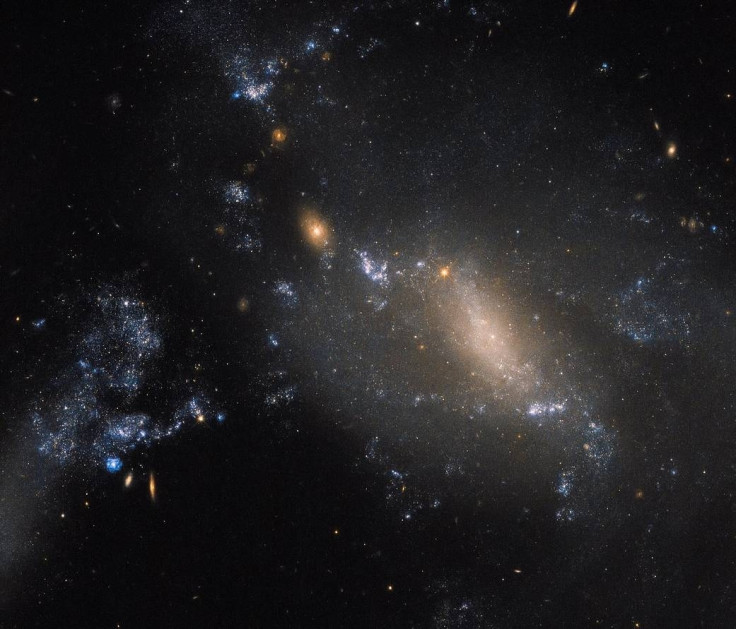
The 2017 solar eclipse
One of the most widely covered and photographed celestial events of this year was the total solar eclipse that took place on 21 August this year. This composite image shows the moments before, during and after totality over Madras, Oregon.

Solar storms
Nasa was able to capture a few instances of massive solar flares and even got a glimpse of material spewing out of the sun. This image shows a pair of active regions that were observed where superheated plasma reached temperatures of over a million degrees. Nasa has said that none of the bursts were serious incidents.
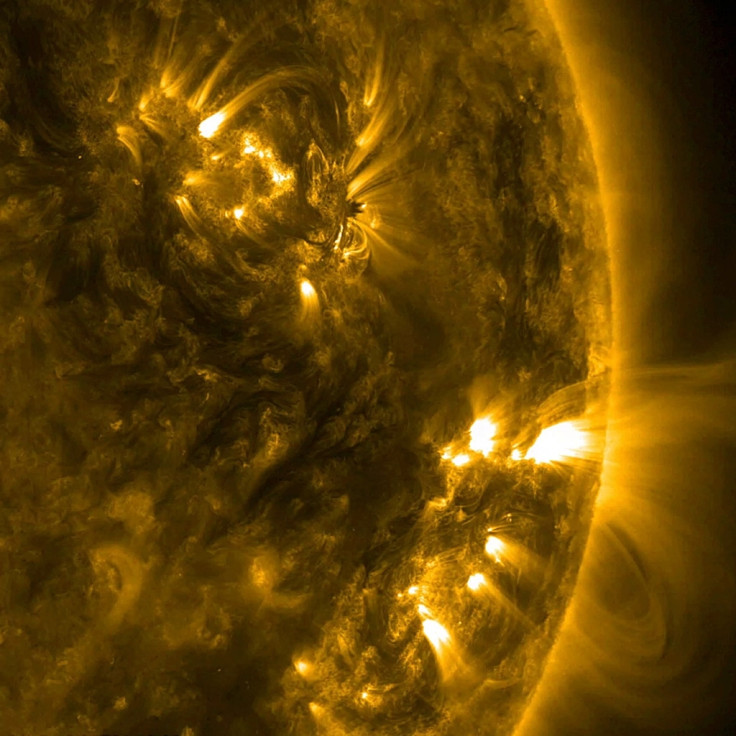
Mars is not all red and dusty
Mars is a planet that received a lot of attention this year. From Elon Musk saying that humans will settle on Mars for sure, to Nasa close to finding life, or traces of life on the red planet, there has been a lot of activity in and around Mars. Several countries have started their own Mars projects, including the UAE. Worms can grow on Mars, and we now know for certain that Mars has water, sand dunes and Martian storms. It also has streaks of what astronomers thought was water, but then later decided that it was not. The list goes on, but this is the picture that makes the cut. For many, this might not even look like Mars, but it is.
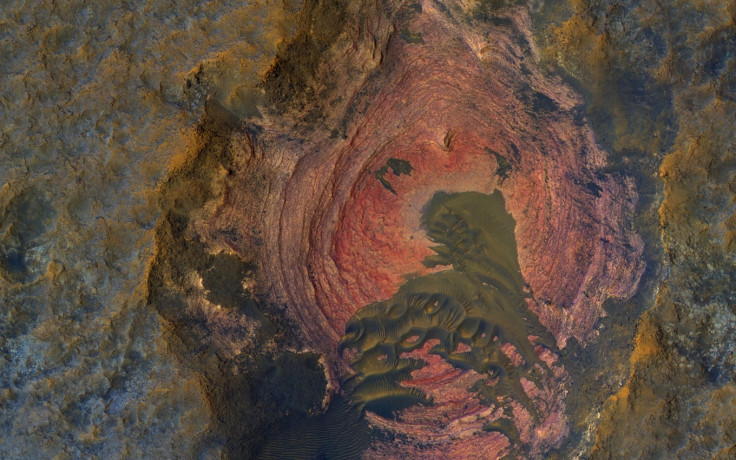
Juno captures Jovian Van Gogh
This massive raging storm over Jupiter's northern hemisphere almost looks like a painting. The image was taken by Juno during its ninth close flyby. The image was released taken on 24 October.
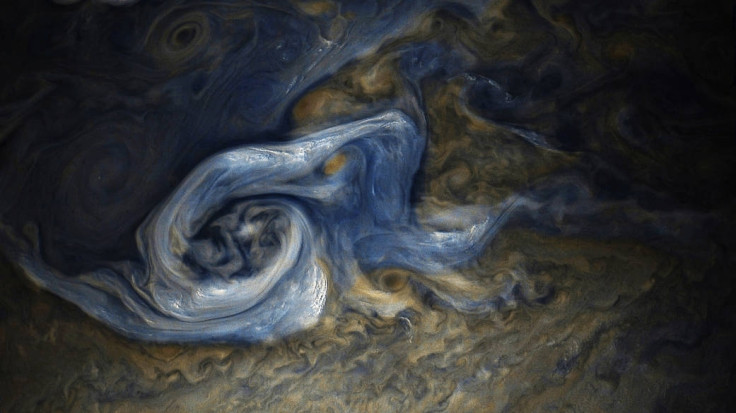
Mars Curiosity Rover
Curiosity has been on Mars since 2012, exploring the Gale crater, taking samples and capturing some stunning photographs, including several selfies. Here is a picture of Ireson Hill at Mount Sharp, on Mars. The image was released on 12 July this year and is a composite shot from the Rover's Mast cam.

Saturn's Moon Enceladus
Enceladus is one of the places in the Solar System that has been identified as a spot that can actually harbour life. Its subterranean oceans spewing ice in the form of large icy geysers at its south pole is simply beautiful and this image shows why. Captured by Cassini, the image was released in July this year.
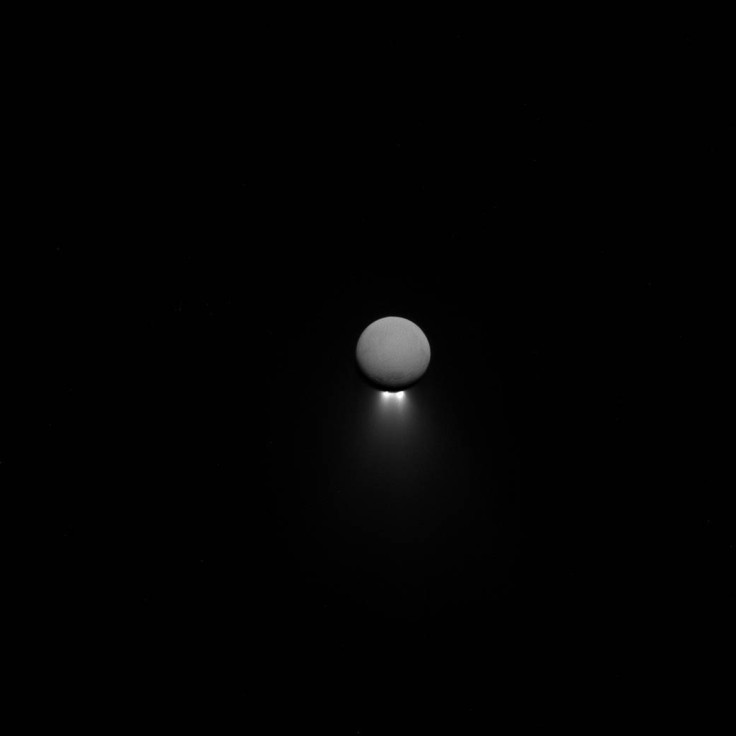
Ghostly curtains of light
Saturn's aurora is unlike anything seen on Earth. It is bright red and intensely colourful. Specks of light dancing across the ringed planet is a sight to behold. Nasa reports that, "The auroras rotate from left to right, curving around the planet as Saturn rotates over."
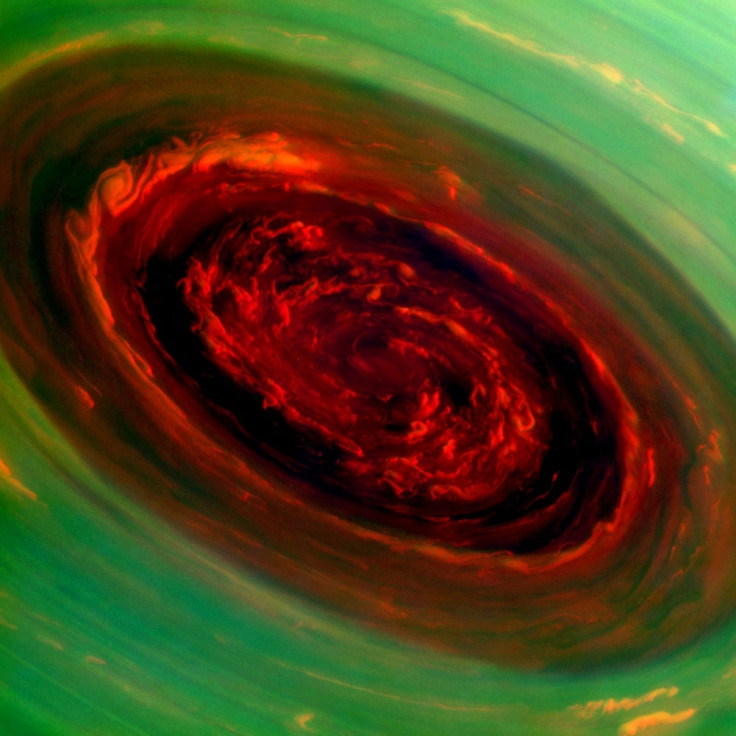
The International space station
The International Space Station is Earth's only lab in space. Orbiting the planet at a little over 400 km, the crew of the space station have arguably the best views of both outer space as well as the Earth below and they make excellent use of it. Some of the most stunning pictures from Nasa have been beamed down from the ISS. Here is this year's pick.

In a galaxy far, far away
Nasa was able to capture what they are calling a "Star war in the Orion Nebula". Tracing them back 540 years from 2017, they were able to find that in the 1400's on Earth, these stars were part of a star system. Two stars in this system propelled each other outward and a third star was also involved, says Nasa. Early this year, they found traces of this third runaway star.
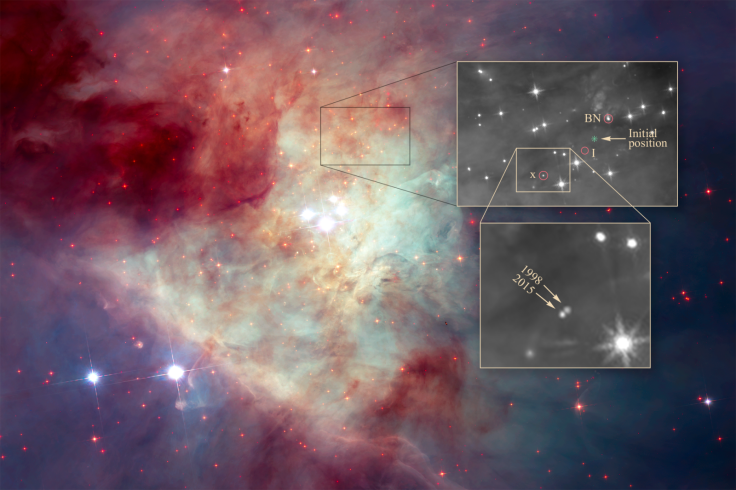
New Horizons gives a view of Pluto
New Horizons made its epic flyby of Pluto in 2015, but Nasa is still working on the images that were sent back by the spacecraft. This "global map" of Pluto was released in January this year and presents the exoplanet as a flat, high resolution map.

Jupiter down under
This image shot by Juno shows Jupiter in a never-before seen light - from its south pole at a distance of 52,000 km from its atmosphere. The circular features seen are raging cyclonic storms, each about a 1,000 km in diameter.
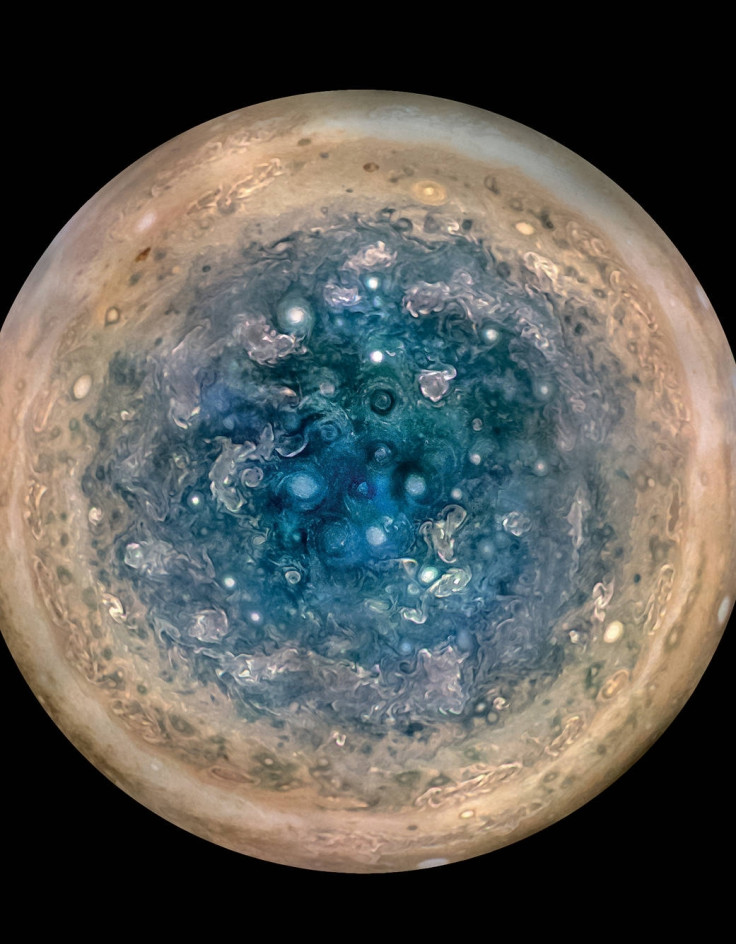
Planet Earth
Nasa's coverage of Earth produced a few spectacular images this year as well. A project called "Six Stories of Life", brought out the blue planet's best, most beautiful images. The last two images in this list are of Earth, from above.
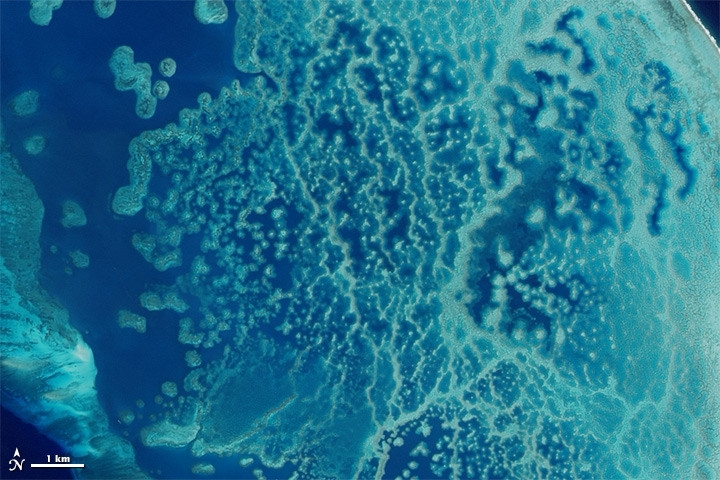
Phytoplankton, known as the powerhouse of the ocean, is among the most abundant forms of life in the seas. They are not technically plant life, but rather single-celled organisms that form the base of marine food chains.
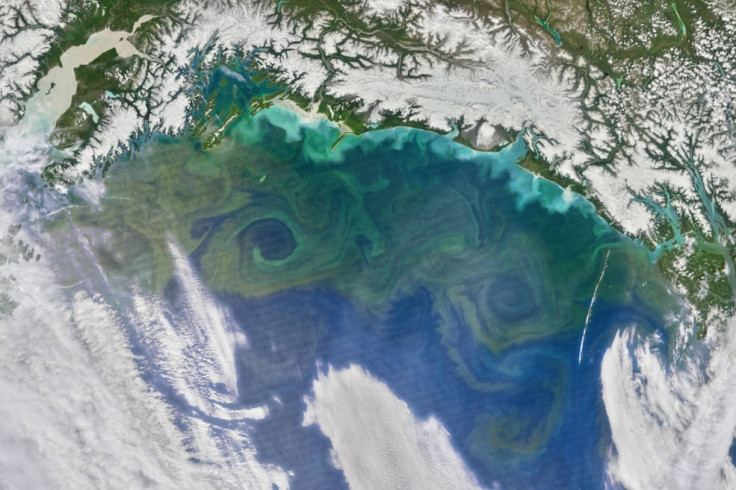
That makes the 15 most stunning images that Nasa shared this year. This list is by no means exhaustive, rather, a selection of images that we found to the most stunning.





















